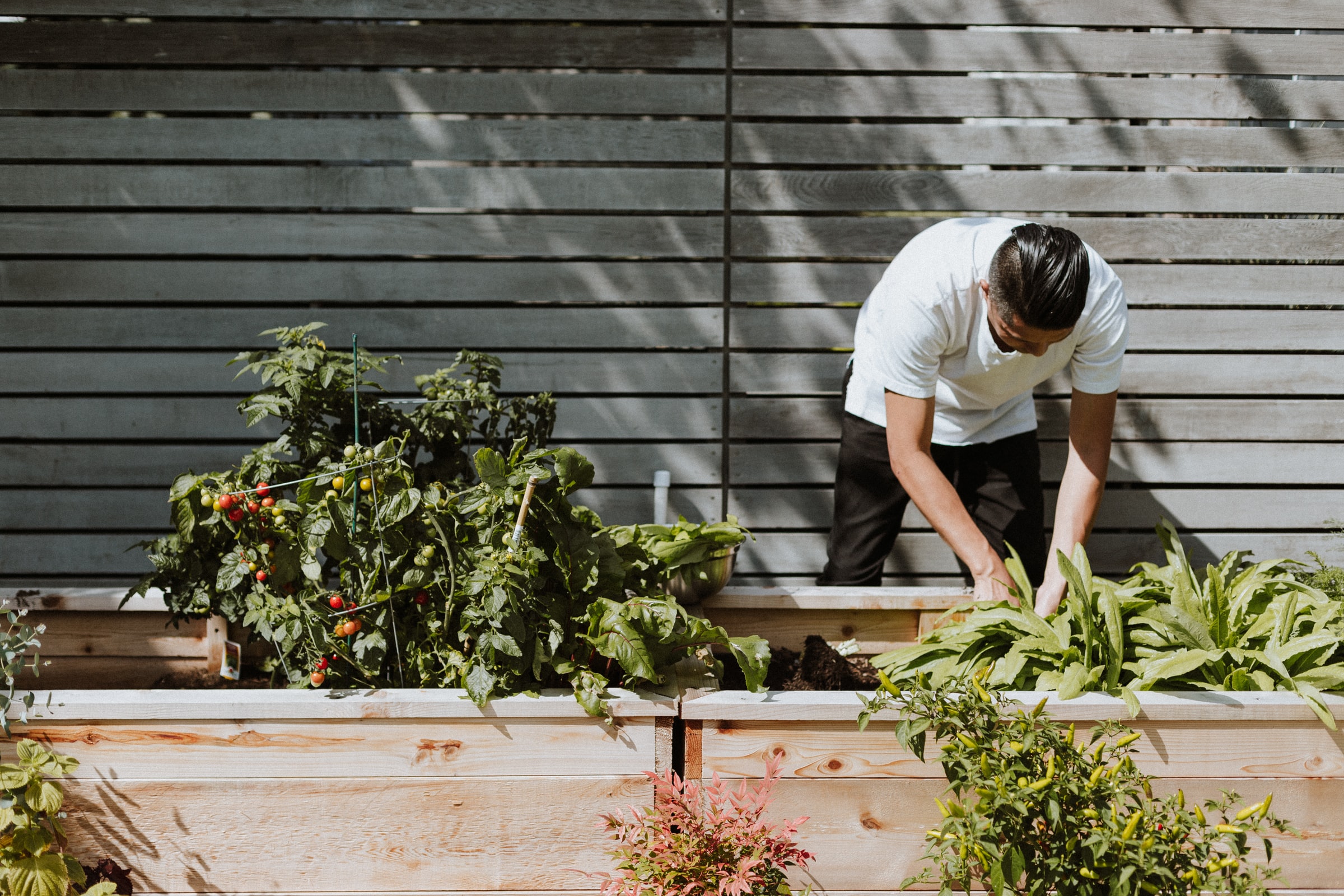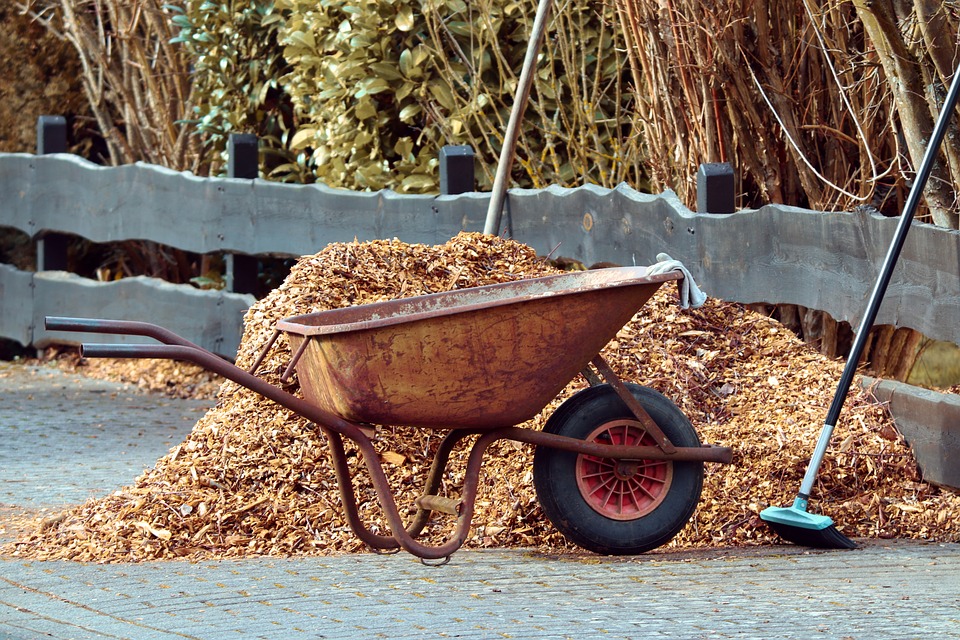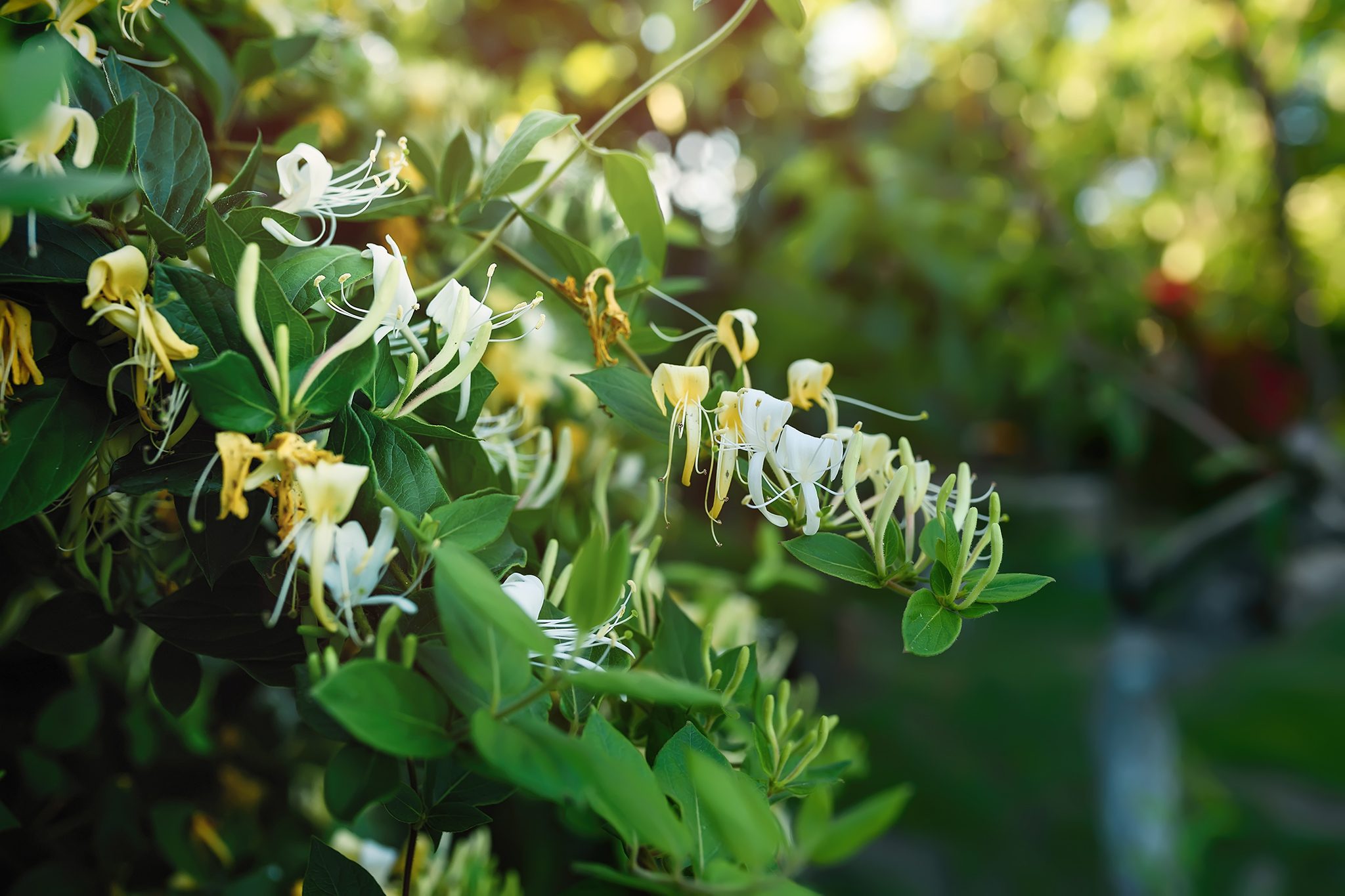You have to prepare your garden soil before planting anything… and I think that this is most applicable during spring. Do you till, double-dig, or roughly turn in compost to prepare your beds, or are you a no-tiller that relies on a passive method?
Garden preparation techniques aren’t just about growing healthy plants in good soil. They are also an organic gardener’s most significant tool for all-natural weed control. The best practices, when implemented at the right moment, can prevent or at least minimize them from gaining a foothold.
When I first started gardening, I always turned or tilled the soil thoroughly. Today, I know that such soil disturbance can actually unearth weed seeds, which can subsequently grow, so when I want to convert a portion of lawn to garden use or smother a weedy area in an existing bed, I adopt a less-is-more technique. Every gardener and setting in your garden has a way. I’ve listed seven of them:
1. Make A Bed With Cardboard And Newsprint

Maybe the simplest and most cost-effective way to turn a patch of lawn (or another weedy area) into a planting bed for ornaments or edibles is to use the magic of two recyclables: corrugated cardboard and newsprint. I simply lay it over a mowed lawn or a cut-back area, damp it, pin or weigh it down (with earth staples or stones), and mulch it.
2. Add Heat!
Solarization, the practice of covering moistened soil with clear plastic for several weeks, creates a local greenhouse effect as solar energy heats up water molecules in the soil, potentially reaching temperatures hot enough to kill pests such as plant pathogens and weeds. But when and for how long should clear or black plastic be used?
3. Top-dress With Compost
When the ground is not frozen, you can topdress with compost at any time, but the effects will be significantly better if you topdress shortly after aerating a lawn. When overseeding a grass, another ideal opportunity to topdress with compost is. When you combine compost with seeds, you’ll have better germination and moisture retention.
4. Straw Bales: A Moveable Garden
This can be the problem for many when you don’t have a fully sunny spot. It can be very frustrating especially when you are growing tomatoes. I have a solution for you… a portable, pop-up garden planted in straw bales or a large pots.
5. Old-School Prep
Two early heroes of mine taken different approaches to soil preparation, from one extreme to the other. One was sedentary, or “no-work,” as she put it. To resist weeds, limit the need for fertilizers, save moisture, and avoid digging, Ruth Stout piled all of her organic materials on top of her soil—sheet composting, as it is sometimes called—long before words like “lasagna garden” were coined.
6. Clear Out Weeds

One way to get rid of weeds before planting time is to softly disturb the soil surface and then warm it up with clear plastic sheets. Once the weed seedlings have sprouted, pluck them out or use a hoe to eliminate them. Instead of digging up the soil, which will bring more weed seeds to the surface, simply remove the ones that are already there.
Gardening will be “easier” the rest of the year and every year after that once you’ve established a foundation of deep, dark, nutritious soil!
Strive For ‘Loam’
The optimum soil texture is one that has equal amounts of sand, silt, and clay; this sort of soil is called “loam” or “loamy.” Loamy soil strikes the ideal balance between moisture retention and drainage, allowing oxygen to reach plant roots, and being high in humus (organic matter). It’s rich in organic materials, fertile, and easy to deal with.
Garden soil is easily crumbled. When squeezed, it will not form a hard ball, nor will it split or crust over when dry.
Let us know in the comments how do you strive to have the perfect soil…




